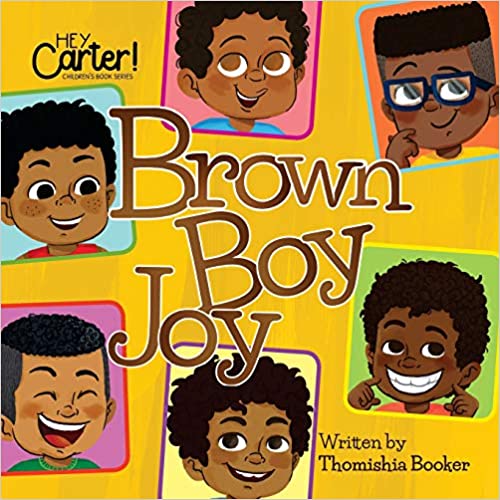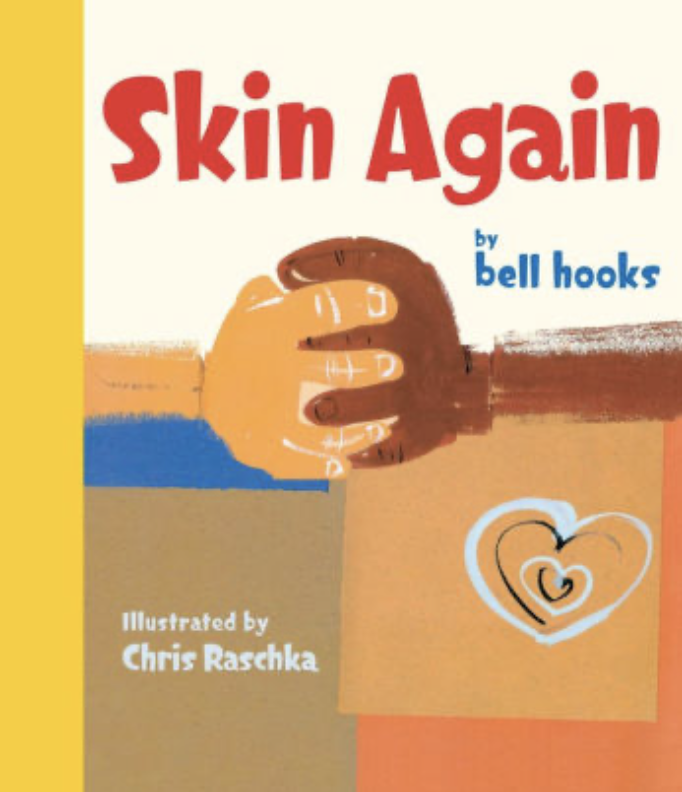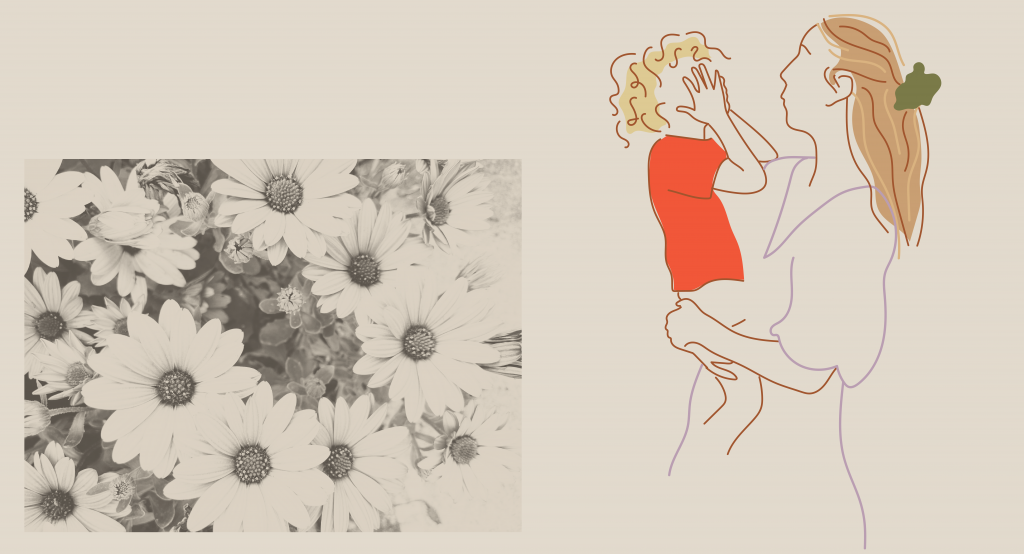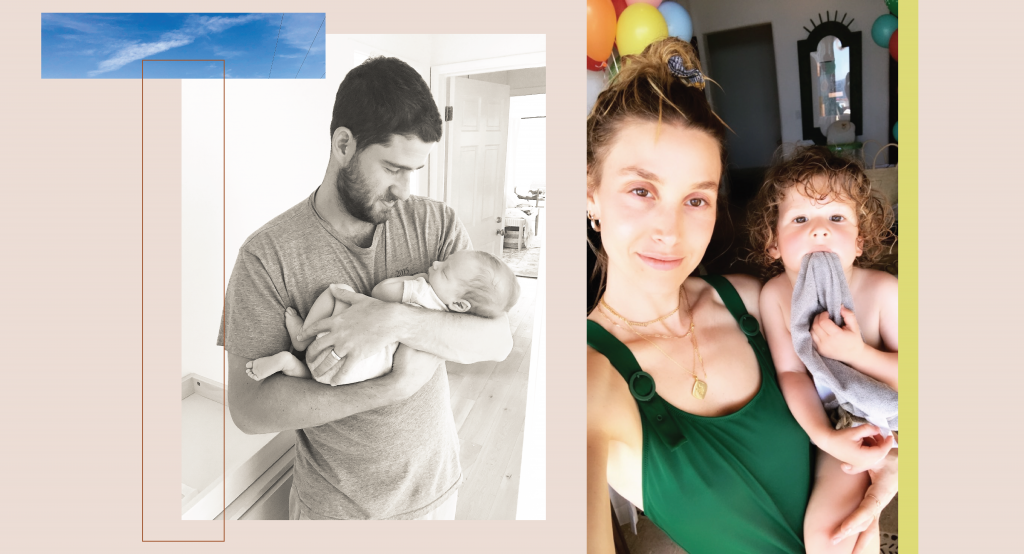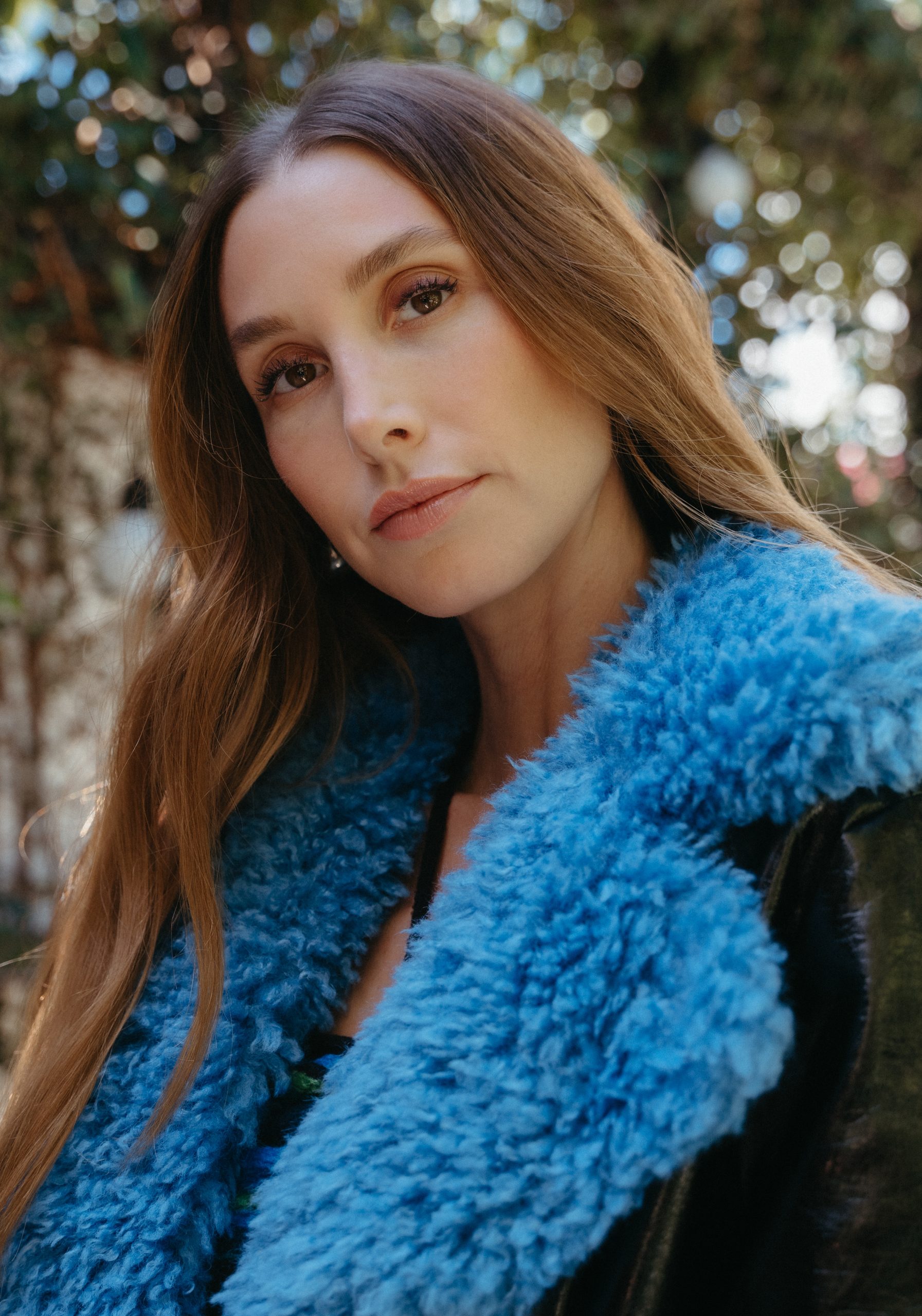Hi Guys,
Our country is in turmoil right now. One of the most important things…if not THE most important thing we can do long term is to educate ourselves and our children about racism. The looming question I know other white parents are facing is “is my child too young to start talking to them about race issues?” The short answer is NO. Timmy and I started by buying lots of books for Sonny that support conversations on race, racism and resistance. You can see the first batch we got in my BLACK LIVES MATTER highlight on Instagram.
I have received so much great information about starting these conversations with children. I decided it would be best to compile everything into a blog post! Below you will find books, articles and tips for what you can do as a parent from numerous great resources that were sent to me from friends, BABYGROUP and SeedlingsGroup. I hope you find this information helpful! Please, send me a DM on Instagram if you want help finding any further information.
Sending lots of love.
xo,
Whit
What’s going on with development? from The Children’s Community School
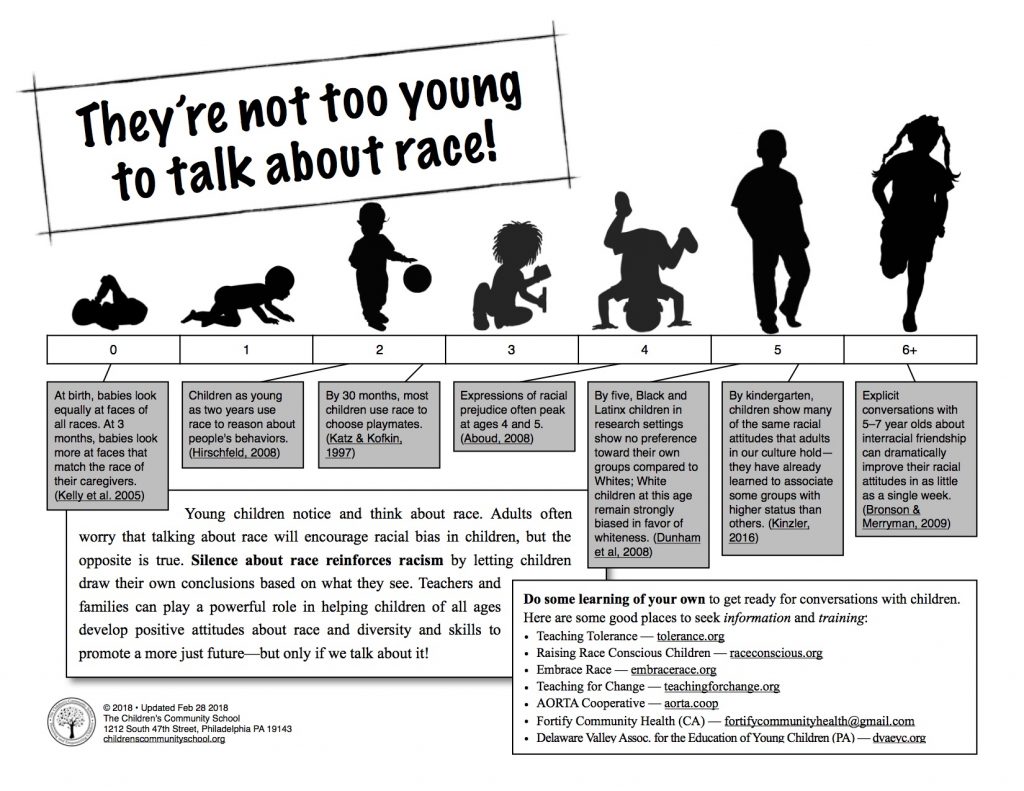
- At 3 months, babies look more at faces of their own race
- Children as young as 2 use race to reason about people’s behaviors
- By 30 months, children use race to choose playmates
- At 4-5 years, children may display expressions of racial prejudice
- At 5 years, white children show preference to other white children
- By Kindergarten children look to socialize with groups that are shown higher status
- Between 5-7, explicit conversations about interracial friendship can improve racial attitudes in as little as a week
Other things to know and consider (SeedlingsGroup)
- Even in the preschool years, kids are more inclined to show in-group favoritism. They categorize by the most visible attribute.
- Lack perspective taking/assume that same is same, i.e. “You are short like me, so you must act like me too.”
- The more diverse a school is, the more likely the kids are to self-segregate by race or ethnicit
- When parents avoid talking about race, or silence young kids when they mention it, kids are left to form their own opinions, by what they hear, see and observe.
- The implicit message that “everybody’s equal,” isn’t enough and is too vague anyway. From the beginning, it’s important to talk about race explicitly.
Change starts small – recommendations on how to start from BABYGROUP
- Make sure that your child has dolls/figurines that represent ALL cultures/races
- Read books that illustrate diversity. Point out the differences among the people in the book.
- Play music from artists who represent various cultures/races and just like you would name the song title…name the person who sings this song and point out their skin color
- Pick a food from a different culture/race each month and serve that food/snack to your family. You can have a theme where you play music from the same culture/race as the food you are eating that week/month. Talk about how the music and food are different…expressing gratefulness for the differences because the it makes life more interesting and exciting…how it’s fun to try new things!!
More of What You Can Do:
It can be uncomfortable and scary to have these kinds of conversations and to worry about getting it wrong, but we have to do it anyway. We cannot wait for kids to bring things up. Material provided from EmbraceRace.org and Tolerance.org
1. Start early.
- By 6 months of age babies are noticing racial differences; by age 4, children have begun to show signs of racial bias.
- Let your child know that it’s perfectly okay to notice skin color and talk about race. Start talking about what racial differences mean and don’t mean.
2. Recognize Difference
- Talk about the importance of our differences and similarities and celebrate racial identity (yours and others). “We all have different experiences, come from different types of families and have different values. No one is better than anyone else, but we have to understand that people think and feel different ways and are sometimes treated differently.”
- Develop racial cultural literacy by learning about and respecting others.
- Study and talk about the histories and experiences of groups we call African Americans, Latinos, Asian Americans, Native Americans, and whites, among others.
- Be sure your child understands that every racial and ethnic group includes people who believe different things and behave in different ways . There is as much diversity within racial groups as across them.
3. Appreciate Difference
- Help your child develop a positive understanding and appreciation for diversity. “The world would be boring if everyone was the same. Knowing and learning from people who are different makes the world a wonderful place.”
- Praise your child whenever you see them treating others with kindness, respecting difference and noticing it.
4. Widen your Social Group
- Widen (if necessary) your social group to include diverse groups of friends as well as your family experiences – kids model what they see. “It’s important to have friends from all places and all experiences. That helps us to learn different points of view and to get smarter.” Include activities that outside of traditional gender roles as well.
- Stretch your child’s social group with activities outside of your neighborhood and culture, volunteer and be intentional about exposure
5. Know and love who you are and share your story with pride
- Talk about the histories and experiences of the racial, ethnic, and cultural groups you and your family identify with. Talk about their contributions and acknowledge the less flattering parts of those histories as well.
- Talk about your families own heritage and encourage self-knowledge as a positive concept
- Tell stories about the challenges your family (your child’s parents, aunts and uncles, grandparents and great grandparents, others) has faced and overcome.
6. Use Experiences
- Seize on any teachable moments: If your child experiences or witnesses prejudice, talk about feelings (your child’s, what he thinks the victim might feel) and stereotypes that fuel discrimination.
- Challenge intolerance with more than a “don’t do that” but uncovering what others may be thinking and feeling or why your child thinks something is acceptable
7. Face and know your own bias.
- We all struggle with prejudice, bias and stereotypes. Confront your own feelings and experience and share what you can with your children. Let your child see you acknowledge and face your own biases.
- We’re less likely to pass on the biases we identify and work to overcome.
- Give your child an example of a bias, racial or otherwise, that you hold or have held. Share with your child things you do to confront and overcome that bias.
- Keep calm in the face of your child’s experience. Knowing you can handle their questions and reactions helps children to know they can come to you as they develop. Build your relationship by being a safe harbor for their experiences.
8. Be mindful.
- What kids hear from us is less important than what they see us do.
- You are a role model to your child. What you say is important, but what you do – the diversity of your friendship circle, for example – is likely to have a bigger impact.
9. Embrace Curiosity
- Don’t ignore young children’s questions about difference, even the ones that make you cringe. Not being open to questions sends the message that children are doing some wrong by noticing or trying to understand them.
- Encourage your child to ask questions, share observations and experiences, and be respectfully curious about race.
- You don’t have to be an expert on race to talk with our child. Be honest about what you don’t know and work with your child to find accurate information.
10. Discuss tough topics (in developmentally appropriate ways)
- Find ways to discuss difficult topics like racism, the Holocaust, and other upsetting examples throughout history, but focus on the injustice, the resistance and allies, and not only the hate.
- “Do you know what protests are? Why do we protest? How do we make laws change and things be different for people?”
- “In history, there have been people who were treated differently because of the color of their skin, their religion, who they loved, how they lived, where they came from or because they were different in some way. This is always wrong, and it still sometimes happens today. Our job is to make sure that not only are we never treated differently, but that other people are never treated differently because they are different. That is called prejudice, and it is never OK.”
11. Be honest.
- Be honest with your child, in age-appropriate ways, about bigotry and oppression.
- Children are amazing at noticing patterns, including racial patterns (who lives in their neighborhood versus their friends’ neighborhoods, for example). Help them make sense of those patterns, and recognize that bigotry and oppression are sometimes a big part of those explanations.
- Be sure your child knows that the struggle for racial fairness is still happening and that your family can take part in that struggle.
12. Tell stories of resistance and resilience.
- Every big story of racial oppression is also a story about people fighting back and “speaking truth to power.” Teach your child those parts of the story too.
- Include women, children and young adults among the “freedom fighters” in the stories you tell. A story about racial struggle in which all the heroes are men wrongly leaves many people out.
13. Be active, don’t be a “bystander” on race.
- Help your child understand what it means to be, and how to be, a change agent.
- Whenever possible, connect the conversations you’re having to the change you and your child want to see, and to ways to bring about that change .
14. Plan for a marathon, not a sprint.
- It’s okay to say, “I’m not sure” or “Let’s come back to that later, okay?” But then do come back to it.
- Make race talks with your child routine. Race is a topic you should plan to revisit again and again in many different ways overtime.
ARTICLE BY WAI SALLAS
Raising Socially Conscious Children
May 31, 2020By Wai Sallas
My son was just about two when we entered the convenience store. He has always been a child with an outgoing personality, comfortable talking with (or yelling at) anyone in his general vicinity. As we waited in line to pay for our items, a black man walked into the store. My son immediately started yelling “[B]ad man! Bad man!”
I was embarrassed, unsure of what I should do as a parent. So I did the only thing I could think of; I quieted my child and got out of that store as quickly as I could.
When we got home we talked about why he expressed that emotion. He asked me about brown skin. He asked why my skin was different than his mom’s. Why his grandpa’s skin was darker than mine. I was completely blindsided to learn he had a lot of questions about black men. I tried to associate the different shades of our skins with the universal love we share for him, and our different cultures that we are connected to. That simple discussion, according to sociologists Debra Van Ausdale and Joe Feagin, can help to establish a mentality of socially conscious children rather than shaping views of racial and social exclusion.
As we witness protests around our country in response to the killing of George Floyd by a white police officer in Minnesota, as the protests hit close to home–in our neighborhoods and affect our community, it is imperative we all find a way to discuss the matters of race with our children to help them gain a better understanding of the social and racial inequalities that persist in our country and around the world.
Most of us were raised to believe that teaching our children to be color blind is the best way to raise them. That by blending color and teaching kids we are all the same, we were helping break down those barriers that separate us. The truth of the matter is, the opposite is true. Indeed, as author Doyin Richard explains, teaching kids the concept of “I don’t see color,” is “dumb and dangerous.”
“By doing the whole, ‘We’re the same,’ thing, you’re dismissing what a black kid or any person of color deals with.”
Instead we should “[t]each kids to be conscious of race,” said Richards. “Teach them to be like, ‘This black kid or this Mexican kid has had a different life… and that’s what makes it great. I see their differences and I embrace those differences and want to learn to be a better and more productive citizen going forward.”
Avoiding difficult discussions on race is just as dangerous.
“Not talking about race causes children to come to a lot of harmful, problematic and factually inaccurate conclusions,” said sociologist Dr. Margaret Hagerman, author of White Kids Growing up with Privilege in a Racially Divided America.
In the same way, we choose to inform our children that stoves are hot, or the proper way to go down stairs, filling in the information gaps on race helps prevent racial biases and avoids children forming naive or wrong conclusions.
And it is never too early to start. Recent studies out of the University of Toronto indicate racial bias may arise in babies as young as six to nine months of age. It only progresses from there. Between the ages of 3 and 5, children begin to apply stereotypes, categorize people by race, and express racial bias (Winkler, 2009). White North American children begin to report negative explicit attitudes toward people of color as early as age 3 (Baron, 2006). By age 3, children also use racist language intentionally — and use it to create social hierarchies, evoke emotional reactions in people of color, and produce harmful results (Van Ausdale, 2001). By 6 years of age, children demonstrate a pro-white/anti-Black bias (Baron, 2006). Adolescents, when looking at Black people’s faces, show higher levels of activity in the area of the brain known for its fight-flight reactions (Telzer, 2013)
So What Can We Do?
The simplest but sometimes hardest way to raise socially conscious children is to surround yourself with a diverse group of friends. Children learn the most through their own environment and exposure–and role modeling. If you are able to teach through your actions, that is far more likely to take hold in your child’s development than anything you tell your children.
If you are unable to create that environment, there are boundless opportunities in your daily life. From art, music and movies, to food, books and everyday life. Every day leads to new opportunities to teach and raise consciousness.
In these instances, focusing on what makes someone unique and special can go a long way into creating a positive viewpoint of “otherness” for your child. From physical appearances to language to disabilities to different cultures, use any opportunity to show how our differences are amazing and beautiful.
As difficult or uncomfortable as talking about race may seem, the alternative is worse. We all must educate ourselves, communicate with our children and lead by our actions to create the harmony and balance we all wish the world to become.
At Wild Child Gym inclusion is part of our Ethos and our staff not only celebrates but represents this diversity. Our goal is to create a socially and environmentally conscious space for families. We recognize how important this is, especially in today’s climate.
That moment in the convenience store taught me a surprising and uncomfortable lesson that coming from a diverse racial and ethnic background, and starting a diverse family of my own, was not enough to impart these important values on my children. We all can do more to raise socially conscious children. No matter your background or circumstance, we all have that responsibility. Only then, can we hopefully avoid the next George Floyd.
ADDITIONAL ARTICLES
- “America’s Racial Contract Is Killing Us” by Adam Serwer | Atlantic (May 8, 2020)
- Ella Baker and the Black Freedom Movement – Mentoring a New Generation of Activists
- ”My Life as an Undocumented Immigrant” by Jose Antonio Vargas | NYT Mag (June 22, 2011)
- The 1619 Project (all the articles) | The New York Times Magazine
- The Combahee River Collective Statement
- “The Intersectionality Wars” by Jane Coaston | Vox (May 28, 2019)
- Tips for Creating Effective White Caucus Groups developed by Craig Elliott PhD
- ”White Privilege: Unpacking the Invisible Knapsack” by Knapsack Peggy McIntosh
- “Who Gets to Be Afraid in America?” by Dr. Ibram X. Kendi | Atlantic (May 12, 2020)
BOOKS
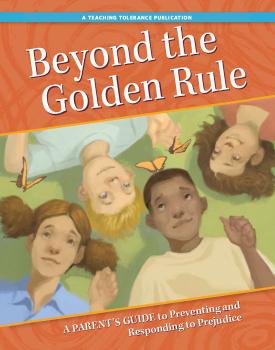
- Whether you are the parent of a 3-year-old who is curious about why a friend’s skin is brown, the parent of a 9-year-old who has been called a slur because of his religion, or the parent of a 15-year-old who snubs those outside of her social clique at school, this book is designed to help you teach your children to honor the differences in themselves and in others — and to reject prejudice and intolerance. Three age-specific sections feature everyday parents sharing personal stories about the challenges and rewards of raising children in today’s diverse world. Psychologists, educators and parenting experts offer practical, age-appropriate advice to help you integrate lessons of respect and tolerance in day-to-day activities. And a final section offers guidance for reflecting upon your own biases, and how those biases affect your parenting.
Children’s Books on Anti-Bias
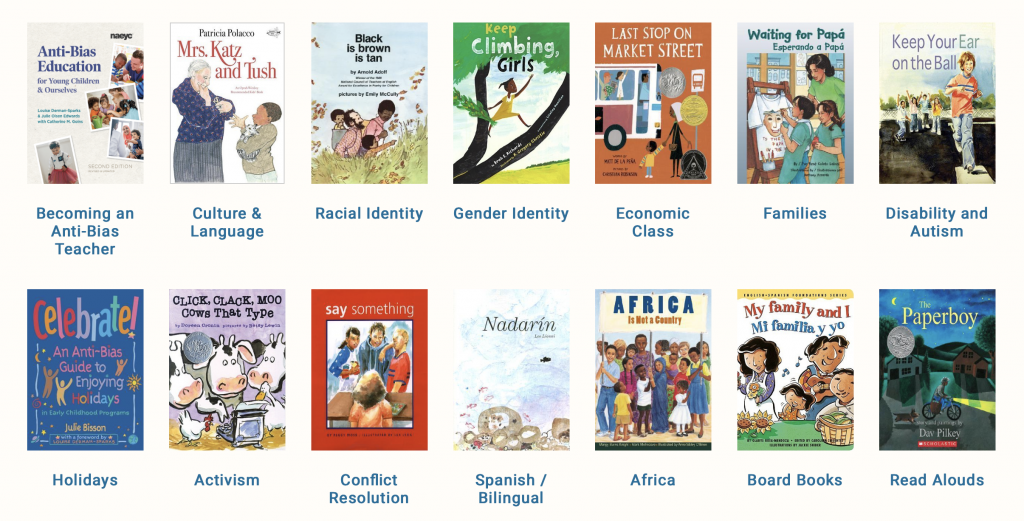
Early Childhood Anti-Bias Education Booklists from Social Justice Books
Children’s Books on Anti-Racism and Activism
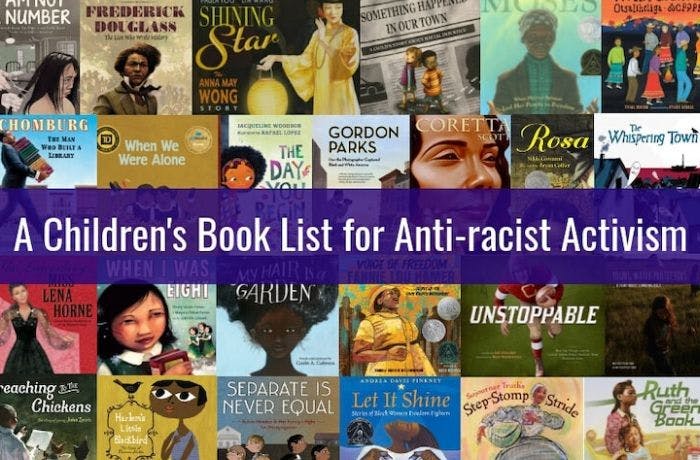
31 Children’s books to support conversations on race, racism and resistance from EmbraceRace.org
Children’s Books that Celebrate African American Culture
Coretta Scott King Book Award Winners
- Each winter (either January or February), the Coretta Scott King Book Awards are given to outstanding African American authors and illustrators of books for children and young adults that demonstrate an appreciation of African American culture and universal human values. The committee that selects the awards is part of the American Library Association. The author or illustrator must live in the United States or maintain dual residency/citizenship, and the book must have been published in the preceding year. Check out our list, with the 2019 winners at the top. And for more excellent picks, try these Award-Winning African American Books.
MORE BOOKS (RECOMMENDED BY BABYGROUP)
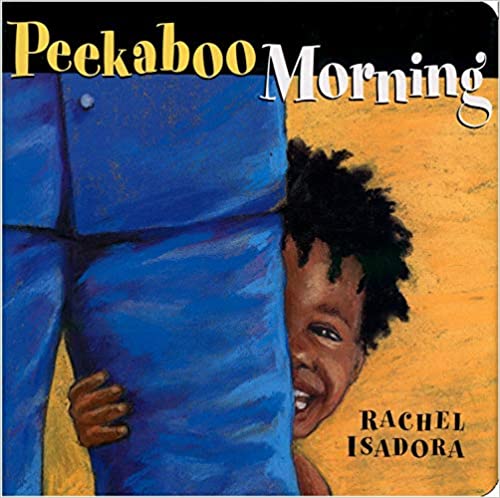
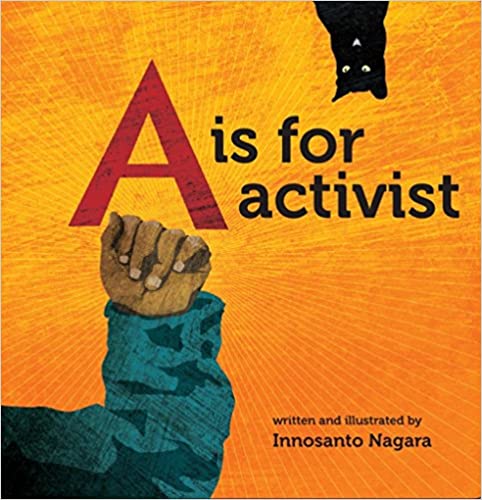
A is for Activist by Innosanto Nagara
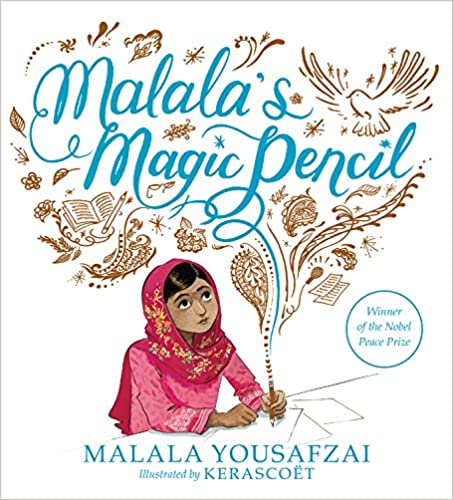
Malala’s Magic Pencil by Malala Yousafzai
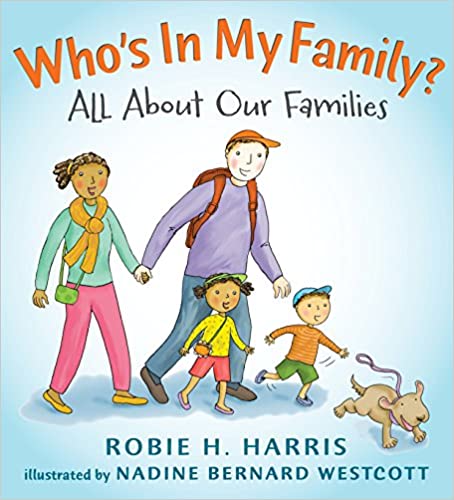
Who’s in my Family? All about Families by Robie H. Harris
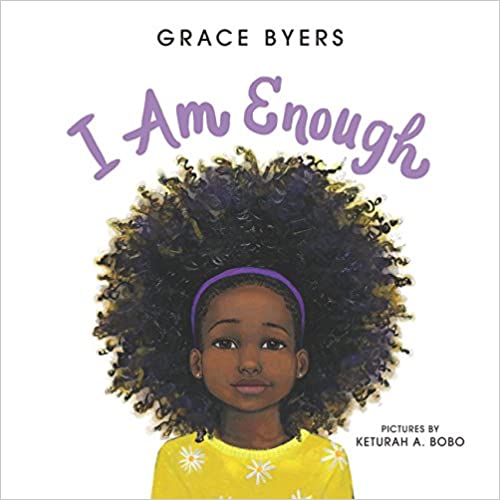
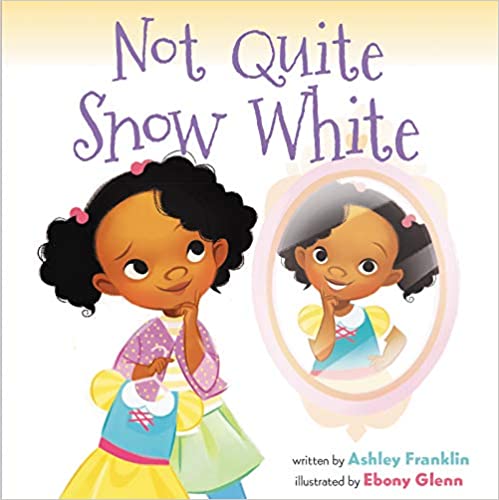
Not Quiet Snow White by Ashley Franklin
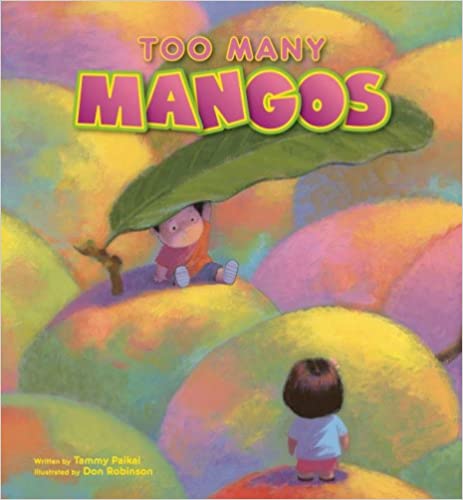
Too Many Mangoes by Tammy Paikai
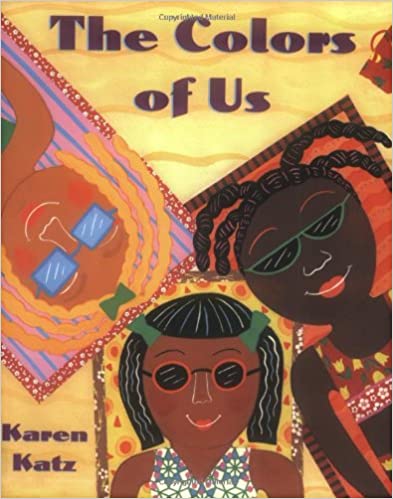
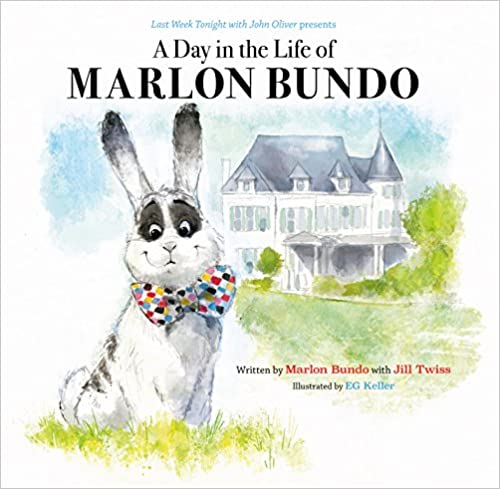
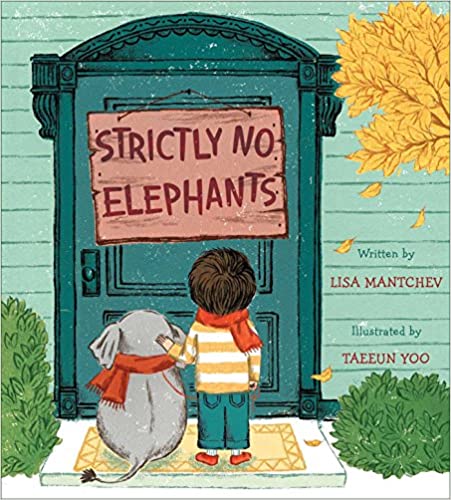
Strictly No Elephants by Lisa Mantchev
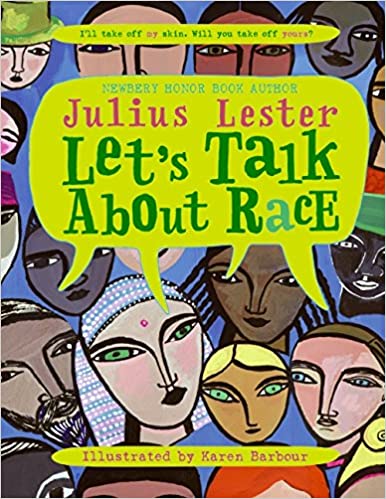
Let’s Talk about Race by Julius Lester
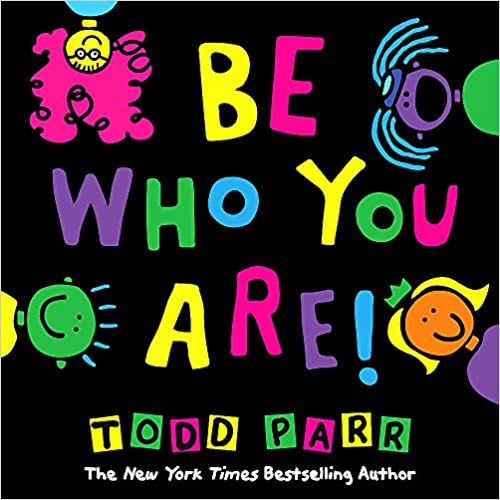
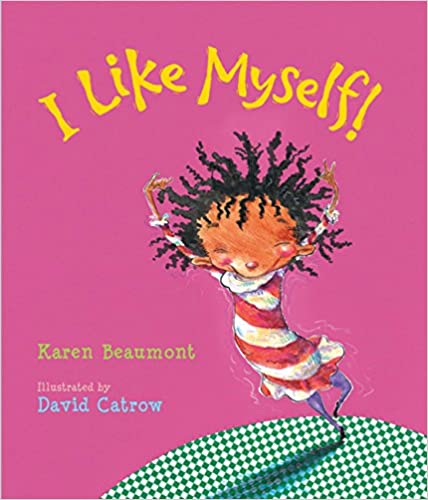
I Like Myself by Karen Beaumont





